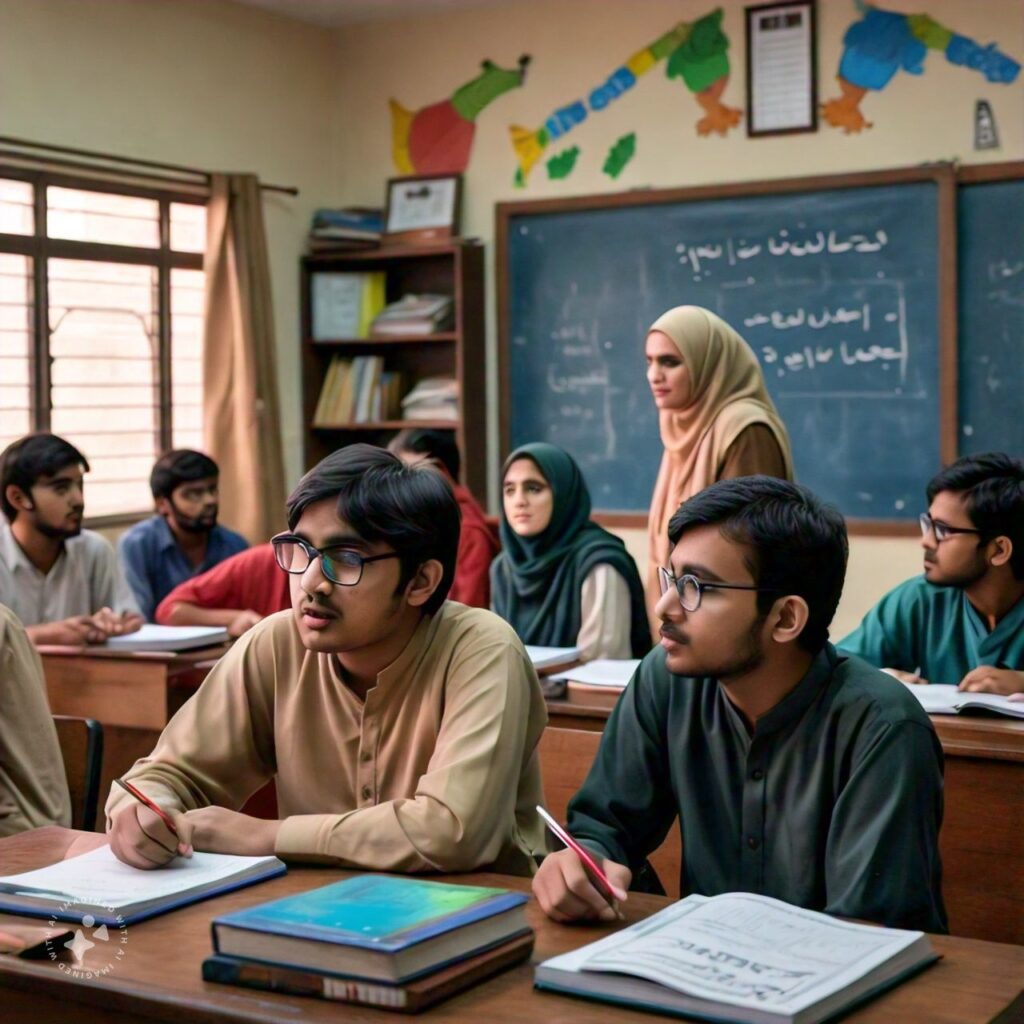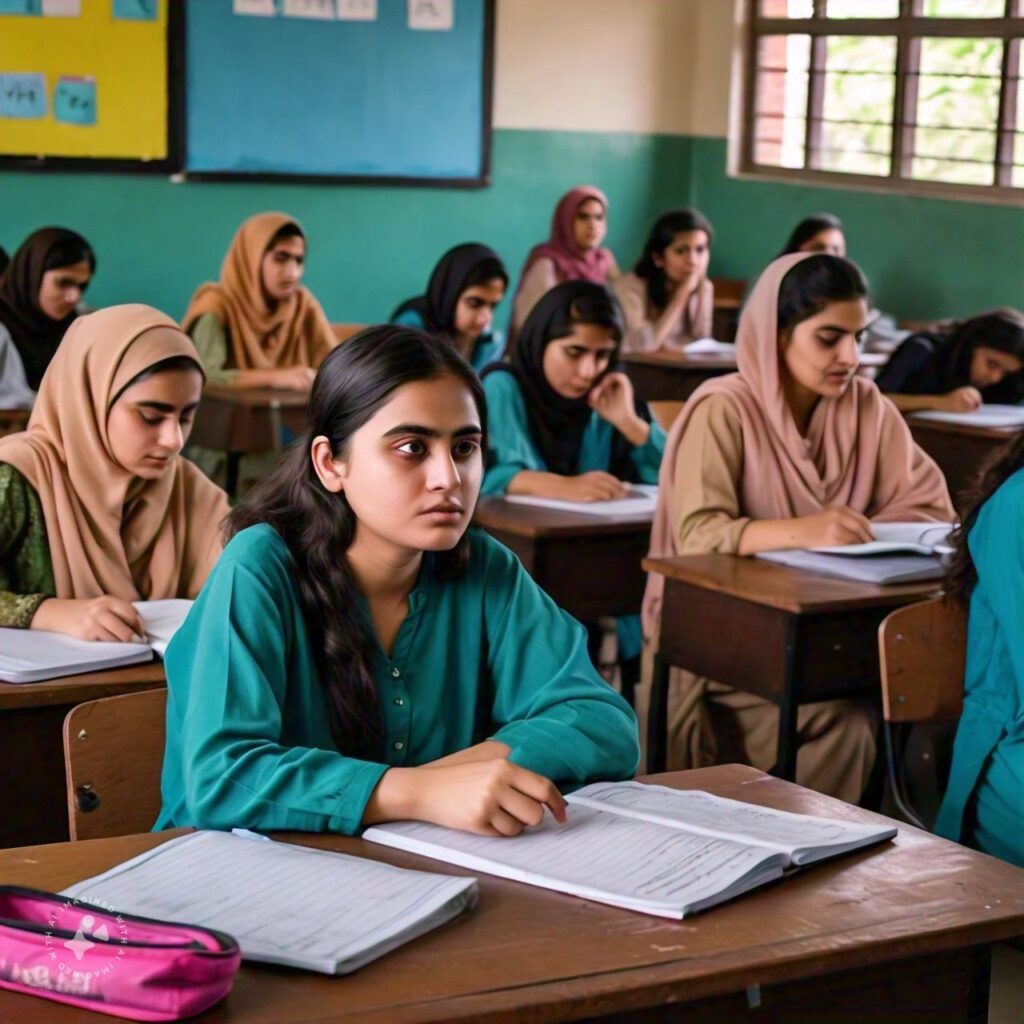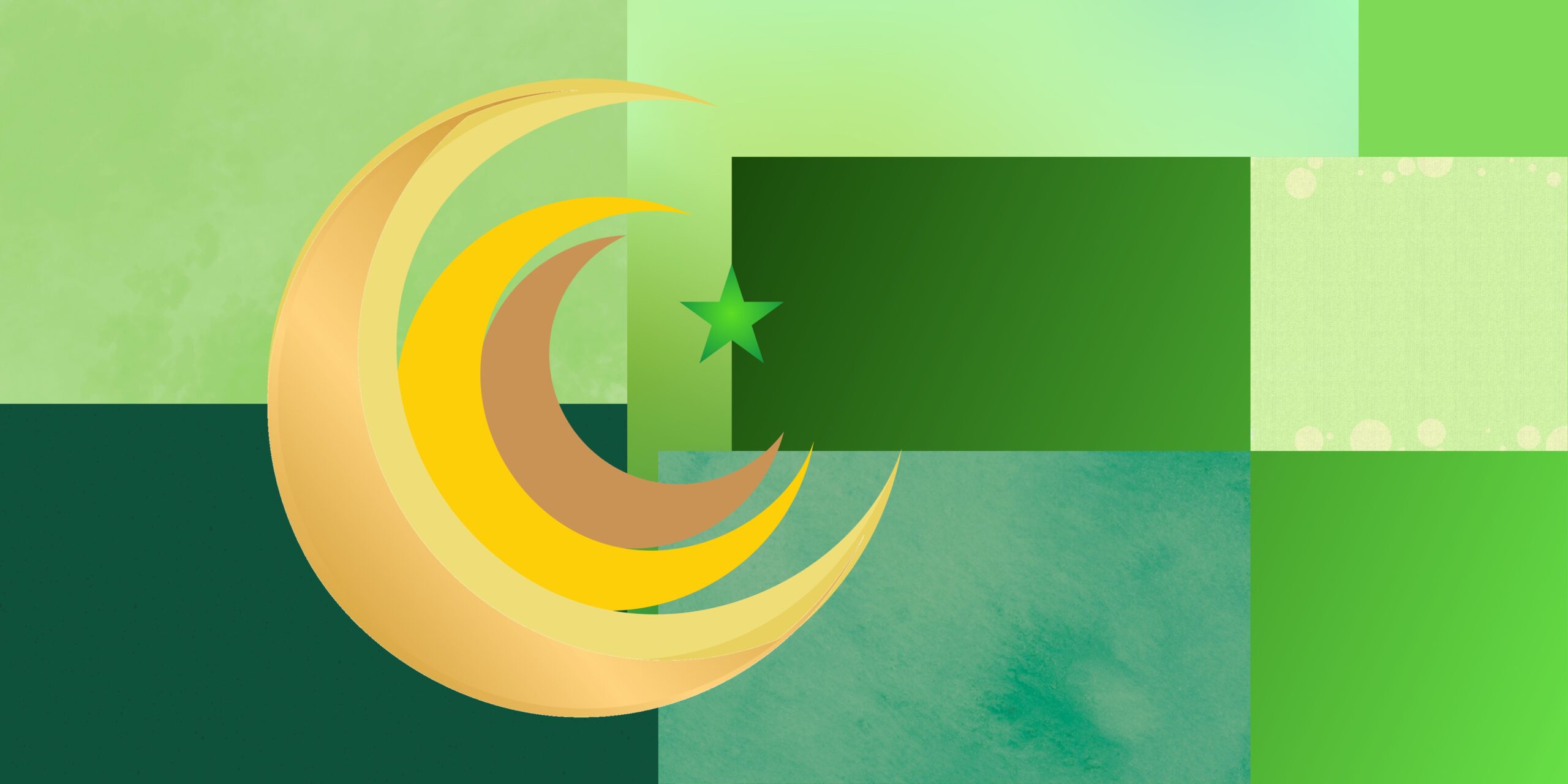Written by Najwa Bashir
The formal history of psychology in Pakistan dates back to the 1960’s. In Pakistan, psychology was recognized as a distinct academic discipline over 59 years ago (Zadeh, 2017). According to Michal J. Stevens, Wedding Danny, Dr. Nosheen Khan Rehman, and Taylor and Francis (2004), Pakistan had two universities in 1947. The psychology department was first set up in 1887 at the University of Punjab in Lahore (West Pakistan) and again in 1921 at Dhaka (East Pakistan; now Bangladesh). The University of Karachi, Sindh was founded in 1946, and the psychology school has been running since 1951.

Further psychology departments were set up in Peshawar in 1950 and in Rajshahi (East Pakistan) in 1953. Pakistan’s oldest psychology labs can be found at University of the Punjab, Government College University Lahore, and Dhaka University, which is now in Bangladesh but used to be in East Pakistan. In the 1960s, only the academic and theory parts of psychology were up and running. Experimentation was not a big focus.
In 1964, there were only 250 teachers working, no national psychological association, and no study magazine. However, later on, a psychological laboratory was set up at Punjab University in Lahore to study applied psychology. Universities were also encouraged to do experiments and research in psychology, and more journals for psychological research were published by Michal J. Stevens, Wedding Danny, Dr. Nosheen Khan Rehman, and Taylor and Francis (2004) (Firdous, 2010).
Up until 1960, one of the places where psychology was taught as part of the philosophy curriculum was the Government College in Lahore (Rafiq et al., 2022). GC Lahore used to teach psychology as part of the philosophy curriculum up until the 1960s. Psychology became its department at GC Lahore in 1962, thanks to the strong direction of Dr. Muhammad Ajmal. He became the department’s founder and head (Zadeh, 2017).
Forman Christian College, Lahore, was the second school that taught psychology. At Karachi University, the first separate school of psychology was set up. It was led by Qazi Muhammad Aslam, whose main area of study was philosophy. While Sindh University became its own thing in 1960. Syed Muhammad Hafeez Zaidi was seen in Frontiers of Psychological Research in Pakistan in 1975.
The main goal was for philosophy teachers to become involved in the field of psychology. Due to this, traditional indigenous people started studying psychology, which was mostly based on theory. There were early works in Pakistani psychology written by Hafeez Zaidi and a few others.
After 1960, many psychology schools sprung up. But at first, these departments couldn’t get many students, usually only three to seven. The reason was an opening in the job market. Before 1991, there were more than 10 universities in Pakistan that mostly offered M.A. and M.Sc. degrees in Psychology. Today, in 2018, about 12 universities have started to offer BS (Hons), MS, and Ph.D. studies in clinical psychology.
From the start until now, psychologists have needed a governing group, but the idea hasn’t fully grown yet. The University of Punjab and the University of Karachi both set up the Center for Clinical Psychology because President Zia Ul Haq was very interested in the field (Rafiq et al., 2022).
From 1960 to the present day, the field of psychology in Pakistan has been progressing slowly, but steadily. The growth can be seen in the fact that full-fledged psychology schools have been set up at the universities in Karachi, Sind, and Peshawar. Several associated schools began offering M.A. programs in psychology, and it became a separate subject to study at the Inter, B.A., and BSc levels. In 2007, HEC started a four-year BS Psychology program, which changed the way psychologists are trained at the college level in a big way.

In 1983, two schools of clinical psychology opened in Karachi and Lahore, two of Pakistan’s biggest metropolises. This was a big step forward for clinical psychology. At first, both schools gave people with a Master’s degree a one-year diploma in clinical psychology. After a while, both schools added graduate programs in clinical psychology. Dr. FarrukhZahor Ahmad started the Institute of Clinical Psychology in Karachi. He is a clinical psychologist who first learned his craft at the University of Stanford in Pakistan(Zadeh, 2017).
When the National Institute of Psychology, Islamabad opened in 1976, it added another important milestone to the history of psychology (Zaman, 1991). In 2000, Bahria University in Karachi opened the Institute of Professional Psychology. Several universities in Pakistan offer bachelor, graduate, and postgraduate programs in psychology and clinical psychology. These include the International Islamic University in Islamabad, NUST in Islamabad, and Beacon House in Lahore. The Pakistan Psychological Association (PPA) was founded in 1968, and the Pakistan Association of Clinical Psychologist (PACP) was founded in 1988. Both of these events were major turning points in the field. These are two national groups for psychologists, with the third one being just for professional psychologists(Zadeh, 2017).
Psychological journals can also be used to see how psychology has changed over time. The first psychology magazine came out in 1965, and there were five more until 1991 (Zaman, 1991). The Government College, Lahore’s Journal of Psychology, now called the Psychology Quarterly, has been out since 1962. In 1978, an Urdu journal called “Zehan” started coming out. From 1992 to 1995, the Institute of Clinical Psychology at the University of Karachi put out the Pakistan Journal of Clinical Psychology every other year. Journal printing stopped from 1995 to 2005, but it started up again in 2006 and has been going strong ever since (Zadeh, 2017).
The eleven years from 1995 to 2006 marks the time when the field of psychology grew incredibly in Pakistan and a huge number of people got PhDs in psychology. During this time, a culture of research grew, and as a result of rules set by the Higher Education Commission (HEC), research papers were required for academic job openings and raises (HEC, 2019). These requirements led to a rush of research papers being published in Pakistan, and many new research magazines were also set up. Back then, from 1995 to 2006, the internet wasn’t very common, and even where it was, there weren’t many places where you could get free papers. Many researchers in Pakistan relied on the research magazines that were available in their university libraries. Due to this, these studies were mentioned hundreds of times and were the easiest to find examples of published studies. Also, most of the people who wrote these studies were professors working at both public and private colleges. These professors also oversee MPhil and PhD studies, and most of the research done at that time was for MPhil or PhD theses (Kamrani et al., 2022).
References
- Firdous, N. (2010). Historical Perspective of Psychology in Balochistan: Depiction, Dynamics and Development. Bi-Annual Research Journal “Balochistan Review”,23(2), 93-111. Available at: http://www.uob.edu.pk/Journals/Balochistan-Review/data/BR%2002%202010/93-111%20HISTORICAL%20PERSPECTIVE%20OF%20PSYCHOLOGY%20IN%20BALOCHISTAN%20DEPICTION,%20DYNAMICS%20AND%20DEVELOPMENT,%20Neelam%20Firdous.pdf
- Higher Education Commission (2019). Quality Assurance. https://hec.gov.pk/english/services/universities/QA/Pages/faculty-appointment-criteria.aspx
- Kamrani, F., Kamrani, N., &Kamrani, F. (2022). Eleven Years of Psychological Researches in Pakistan (1995-2006): What Titles Reveal About Pakistani Research. Journal of Professional & Applied Psychology, 3(2), 319-326. https://doi.org/10.52053/jpap.v3i2.117
- Rafiq, M., Zareen, G., Khalid, A., Chahal, F. M., Maqbool, T., &Hadi, F. (2022). Clinical and neuropsychology in pakistan: challenges and wayforward. Pak-Euro Journal of Medical and Life Sciences, 5(1), 119-128. Available at:https://readersinsight.net/PJMLS/article/view/2442
- Zadeh, Z. F. (2017). Clinical Psychology in Pakistan: Past, Present and Future. International Journal of Humanities and Social Science, 7(11), 26-28. Available at: https://www.ijhssnet.com/journals/Vol_7_No_11_November_2017/4.pdf Zaman,R.M. (1991). Clinical Psychology in Pakistan. Psychology and Developing Societies. Sage Publication. Available at: http://www.sagepublication.com?content/3/2/221.
I am a passionate and knowledgeable psychologist, with a Master of Philosophy (MPhil) in Psychology specializing in Counseling Psychology. Through my writing, I share my insights and thoughts on various psychiatric disorders, conduct analysis on films that touch on psychological issues, and explore other topics related to psychology, while also providing valuable information to psychology enthusiasts, students as well the general community.





